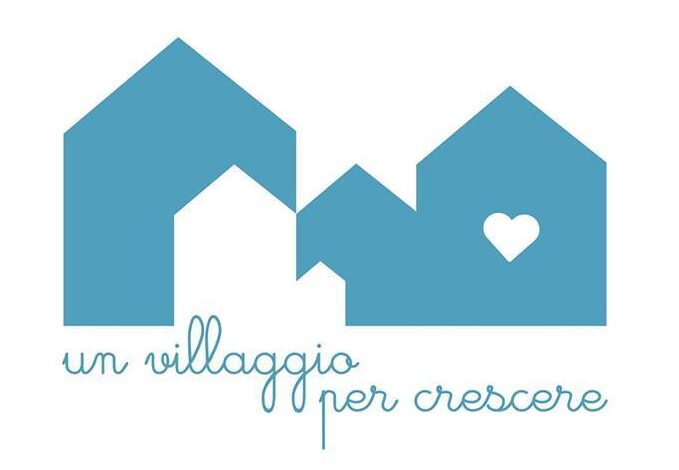Learning about the bathroom is an essential part of a child’s vocabulary development. The bathroom is a place where we perform personal hygiene tasks and engage in basic bodily functions. Introducing your child to bathroom vocabulary can help them develop their communication skills, understand personal hygiene practices, and increase their independence.
Here are some tips for helping your child learn about the bathroom:
-
Teach bathroom basics: Start by teaching your child the names of the basic bathroom fixtures such as toilet, sink, bathtub, shower, and mirror. Use pictures or show them real-life examples of each fixture to help them understand their purpose.
-
Explain hygiene practices: Personal hygiene is an essential aspect of using the bathroom. Teach your child about hand-washing, tooth-brushing, and hair-combing. Explain the importance of these practices to keep themselves clean and healthy.
-
Use visual aids: You can use visual aids like charts or posters to help your child remember bathroom vocabulary. For example, a chart showing a sequence of steps for hand-washing or tooth-brushing can help your child develop good hygiene habits.
-
Practice bathroom routines: Allow your child to practice using the bathroom on their own. Encourage them to wash their hands, flush the toilet, and turn off the faucet after using the sink. This will help them become more independent in their bathroom routines.
-
Teach bathroom safety: Explain the importance of bathroom safety to your child. Teach them not to run on wet floors, not to play with electrical appliances in the bathroom, and to always close the toilet lid before flushing.
In conclusion, teaching your child bathroom vocabulary is an important aspect of their vocabulary development. By introducing them to the basic bathroom fixtures, hygiene practices, and safety measures, you can help your child understand the importance of personal hygiene, promote their independence, and keep them safe while using the bathroom.
